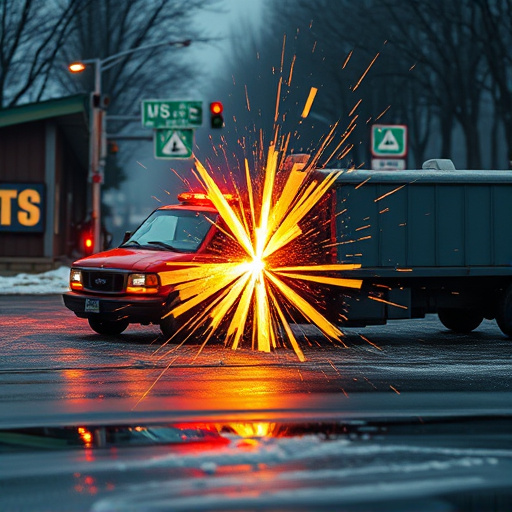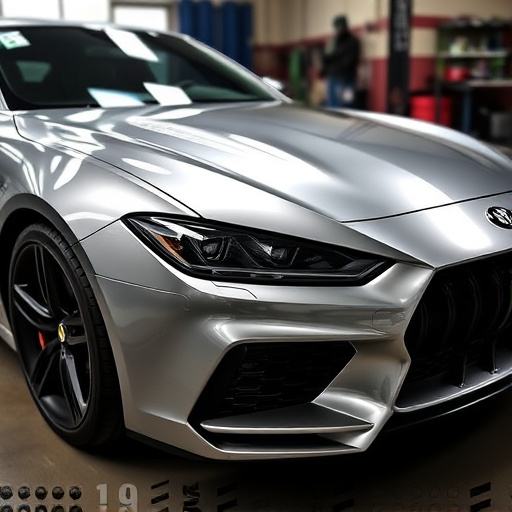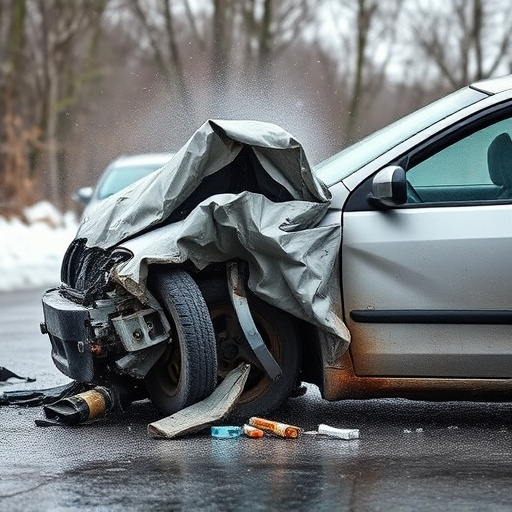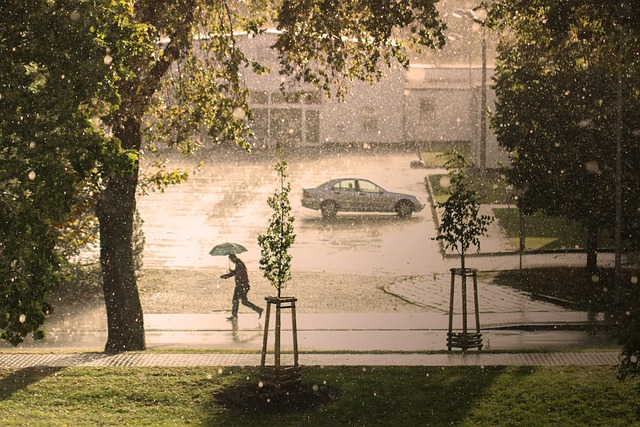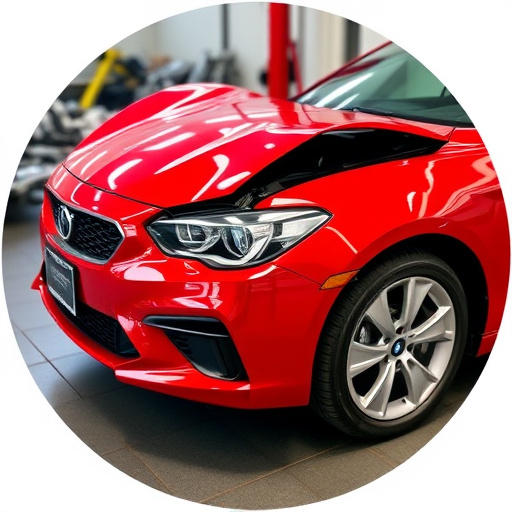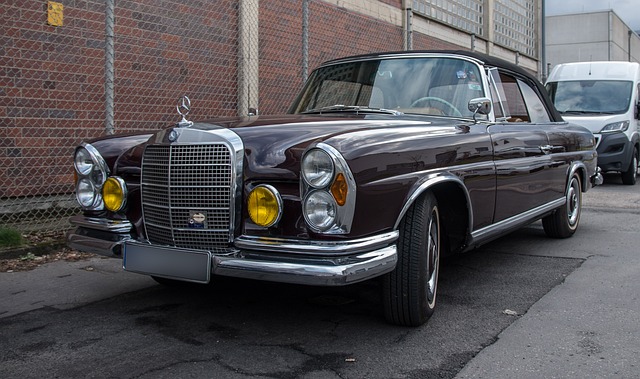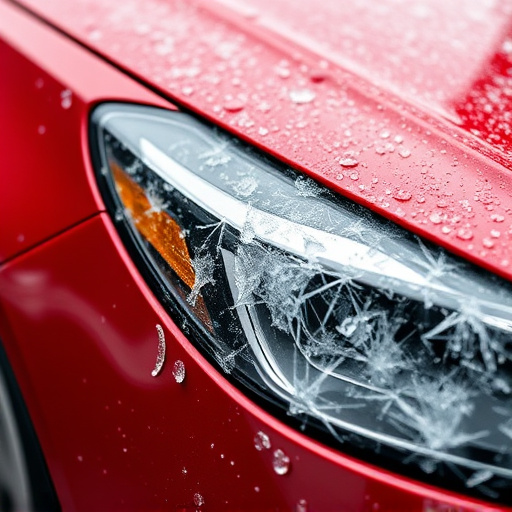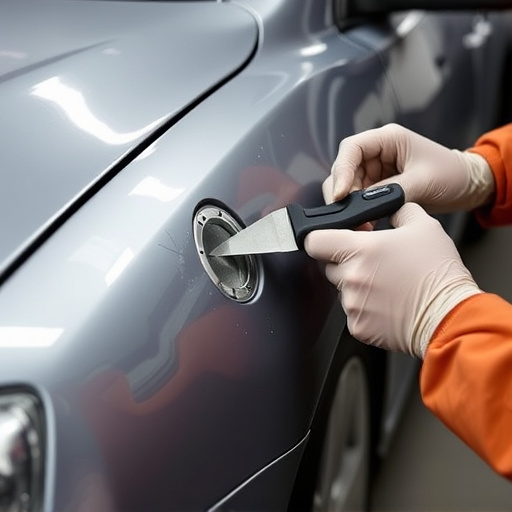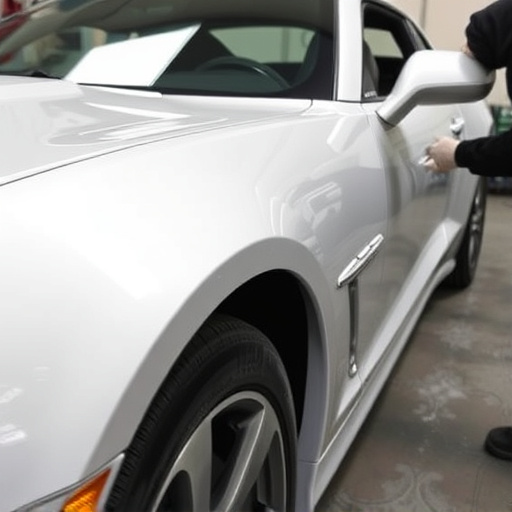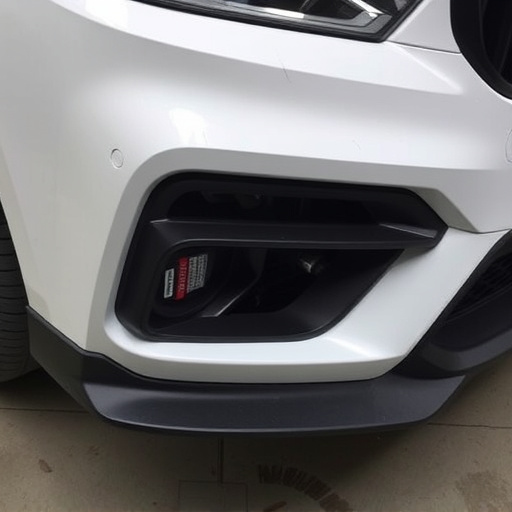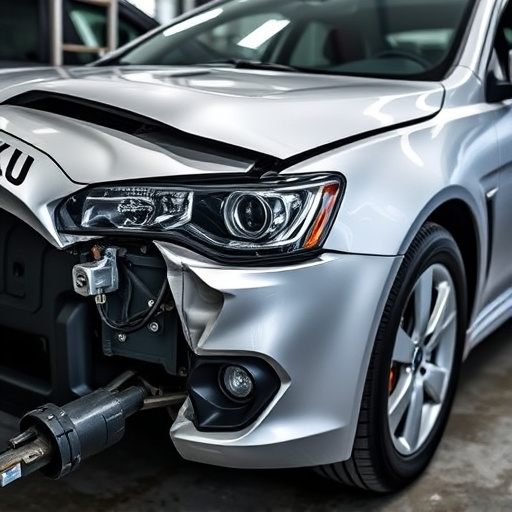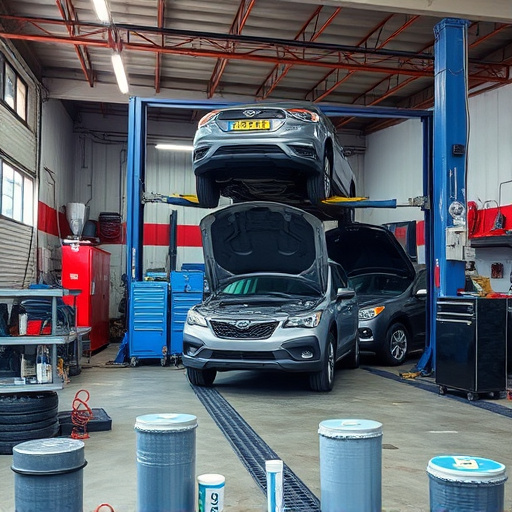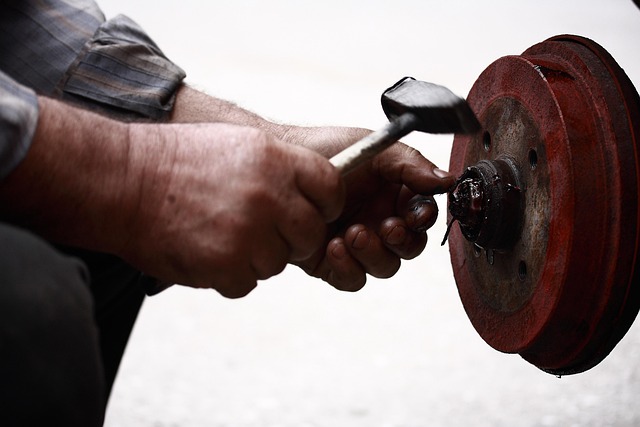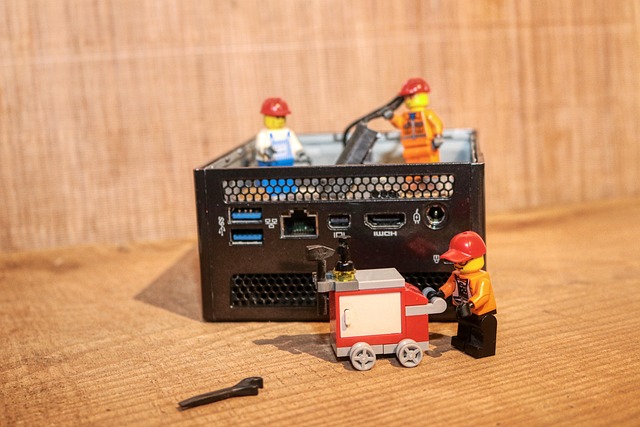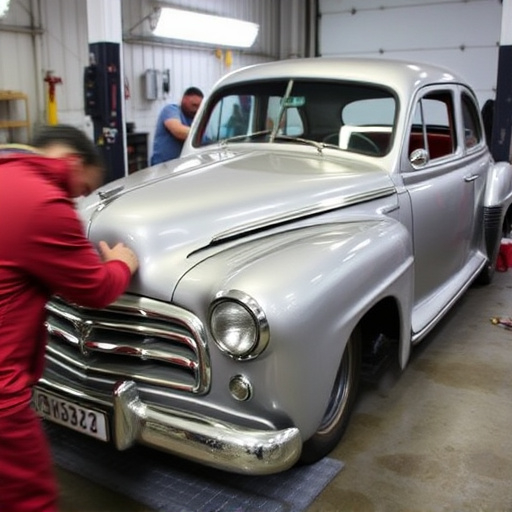TL;DR:
Accurate spectrophotometer color matching is vital for auto glass replacement and vehicle dent repair, with regular calibration checks crucial to maintain color accuracy. Modern technology offers enhanced precision and speed through multi-angle measurements and integrated databases, facilitating precise adjustments for seamless integration with original vehicle aesthetics. Common mistakes in the process, such as insufficient measurements, incorrect standards, and inconsistent surface preparation, lead to inaccurate results. Adhering to recommended procedures ensures critical accurate color matching in luxury vehicle repair, restoration, and scratch repair.
“Unleash the power of precise color matching with advanced tips on spectrophotometer utilization. This comprehensive guide navigates the intricate process, ensuring accurate results. From understanding the fundamentals of spectrophotometer calibration and its profound impact on color accuracy to exploring advanced features for meticulous color replication, this article is your compass. We also dissect common pitfalls to avoid, empowering you with the knowledge to master spectrophotometer color matching.”
- Understanding Spectrophotometer Calibration and Its Impact on Color Accuracy
- Leveraging Advanced Features for Precise Color Matching
- Common Pitfalls to Avoid During the Spectrophotometer Color Matching Process
Understanding Spectrophotometer Calibration and Its Impact on Color Accuracy
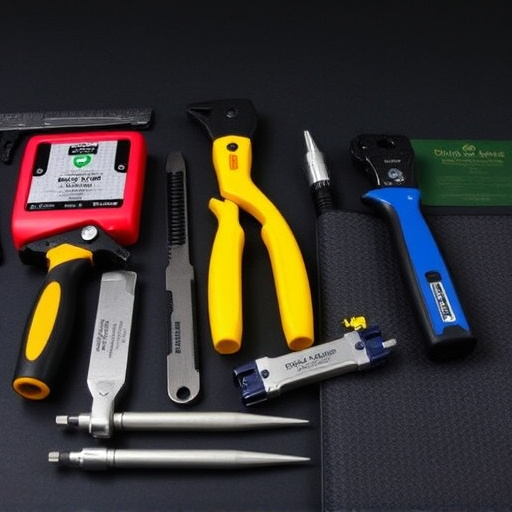
Accurate color matching is a key aspect of any precision measurement, and this is no different when using a spectrophotometer for auto glass replacement or vehicle dent repair tasks that require meticulous detail. Understanding the calibration process of your device is paramount to ensuring consistent and reliable results in spectrophotometer color matching. Calibration ensures that the instrument’s readings align with established industry standards, enabling you to make precise adjustments during color correction.
Regular calibration checks are especially crucial for maintaining color accuracy, as environmental factors and instrument aging can introduce slight variations. By calibrating your spectrophotometer before each use, particularly in auto repair settings where intricate color matching is vital, you can guarantee that the measurements taken will be consistent and reliable. This precision is essential when trying to match specific vehicle colors accurately, whether for a replacement part like auto glass or repairing minor dents, ensuring the final finish seamlessly integrates with the original vehicle’s aesthetic.
Leveraging Advanced Features for Precise Color Matching
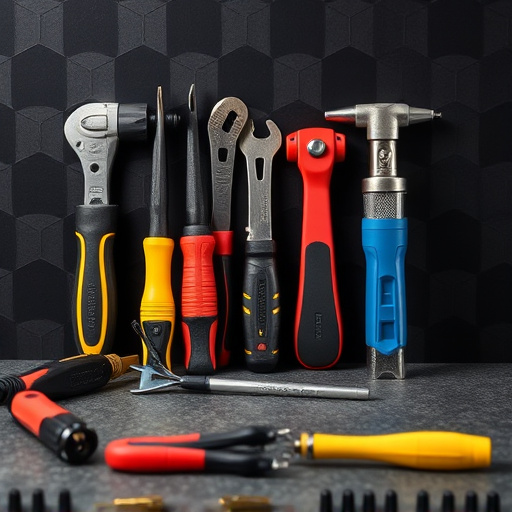
In the realm of spectrophotometer color matching, leveraging advanced features can significantly enhance precision and speed. Modern spectrophotometers offer sophisticated tools that go beyond basic color measurement. For instance, some models incorporate multi-angle measurements, allowing for a more comprehensive analysis of light interaction with materials. This feature is particularly beneficial in complex applications like vehicle body repair or dent removal, ensuring that color matches are not just visually similar but also consistent across different lighting conditions.
Additionally, advanced spectrophotometers often include databases and software that streamline the matching process. These tools can compare measured values against a vast library of known colors, making it easier to locate and reproduce specific shades. This technology is invaluable in vehicle collision repair, where achieving an exact match for original factory finishes is crucial. By combining accurate measurement with readily available color data, professionals can efficiently restore vehicles to their pre-accident condition, ensuring both aesthetic and structural integrity.
Common Pitfalls to Avoid During the Spectrophotometer Color Matching Process
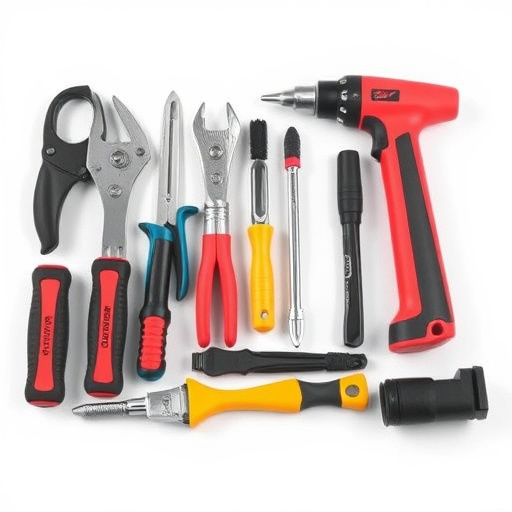
During the spectrophotometer color matching process, several common pitfalls can lead to inaccurate results and unsatisfactory outcomes, especially in luxury vehicle repair or car restoration scenarios where precision is paramount. One major error is assuming that a single measurement is enough for perfect matching. Color is complex, with variations influenced by factors like lighting conditions and surface preparation; thus, multiple measurements from different angles are crucial. Additionally, using the wrong standards or failing to calibrate the spectrophotometer regularly can result in deviating readings.
Another pitfall is neglecting the importance of surface condition. For instance, in car scratch repair, the affected area’s roughness or previous treatments can impact color measurement accuracy. Ensure that the surface is clean, smooth, and free from any contaminants to obtain reliable data. Moreover, inconsistent or inadequate mixing of paint samples during preparation can lead to variations in color intensity, causing mismatches. Always follow recommended procedures for sample preparation and blending to avoid these pitfalls and achieve accurate spectrophotometer color matching results, whether for luxury vehicle repair, car restoration, or car scratch repair tasks.
Mastering advanced techniques in spectrophotometer color matching involves understanding calibration, leveraging precise features, and steering clear of common pitfalls. By prioritizing calibration for optimal accuracy and utilizing sophisticated tools effectively, you can achieve unparalleled results in color reproduction. Remember that continuous learning and attention to detail are key to becoming an expert in this field, ensuring your spectrophotometer performs at its best for accurate, reliable color matching.
